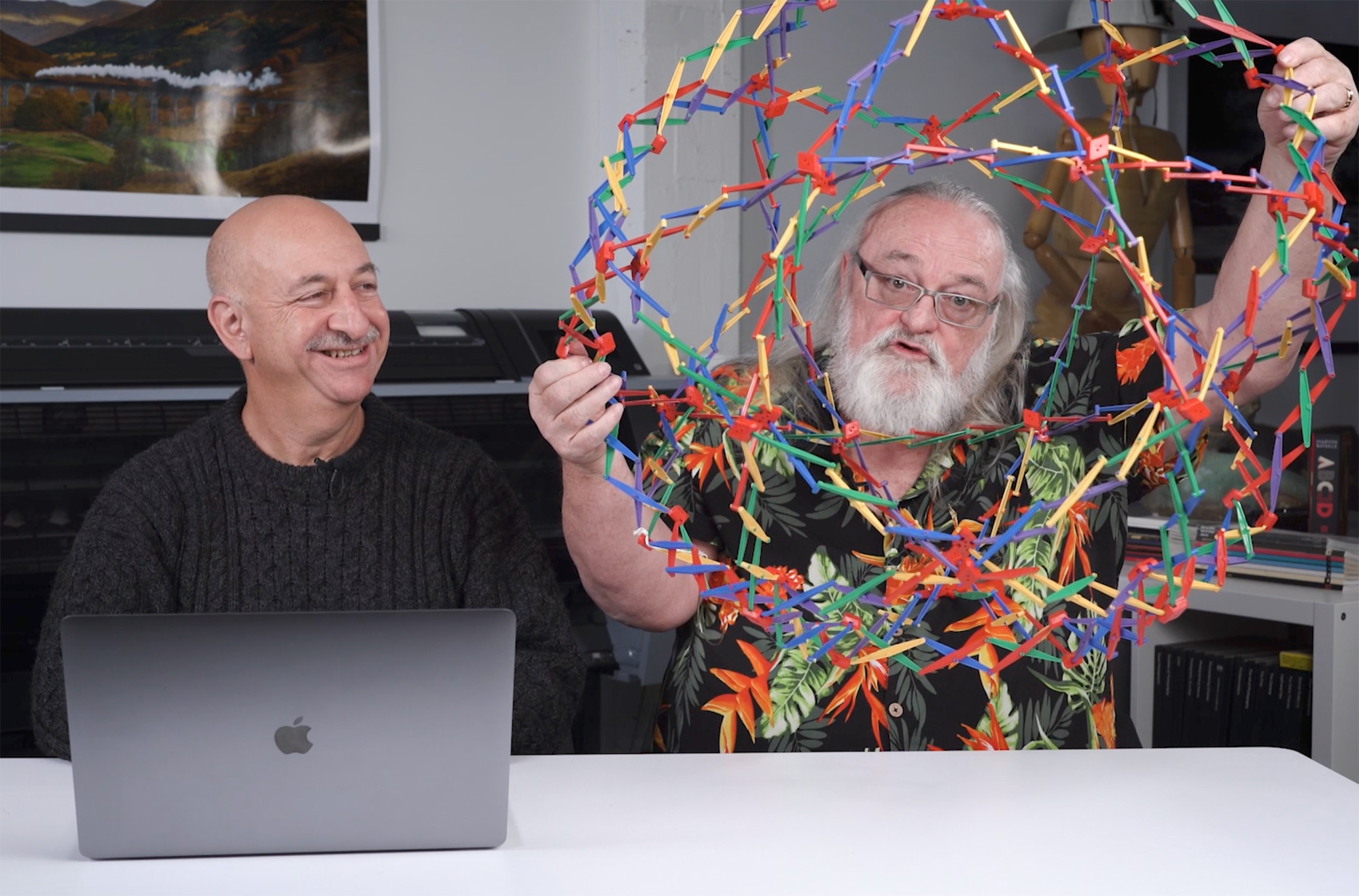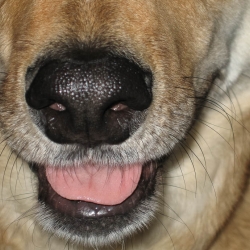Home > Topics > Site and Board Matters > New Article Announcements & Discussions > Color Science With Jeff and Dano
Color Science With Jeff and Dano
Tagged: color science, epson, Print it
-
AuthorTopic: Color Science With Jeff and Dano Read 485 Times
-
New Article Announcements & Discussionson: February 21, 2022 at 6:21 pm
Today we publish a fun and interesting video on Color Science as part of the PXL Print It Series. Jeff and Dano go through the whole concept of color science and how it relates to making prints. Don’t miss this one.
You can see the article HERE.

Kevin Raber
Owner and Publisher of photoPXLRe: Color Science With Jeff and DanoReply #1 on: February 21, 2022 at 8:06 pmWow…Michael Durr did a great job of editing!!!
We almost sound like we know what we’re talking about…
But I really gotta talk to you about that creepy humanoid creature with the fireman’s hat you have in your studio…not you Kevin, the wooden one :~)
Re: Color Science With Jeff and DanoReply #2 on: February 21, 2022 at 10:21 pmNice job guys! It’s hard to introduce folks to this subject matter, so kudos to you for a really well crafted discussion of the color science/gamut volume subject, but (there’s always a but, right?) it’s important for photographers and printmakers to understand photographic color and tone reproduction beyond the principles of color spaces and gamut volumes. I encourage you to consider creating a sequel which discusses the anatomy of the tone reproduction curve 🙂
cheers,
Mark
http://www.aardenburg-imaging.com
-
This reply was modified 2 years, 5 months ago by
Mark McCormick-Goodhart.
Re: Color Science With Jeff and DanoReply #3 on: February 22, 2022 at 2:51 pmExcellent presentation. I must try and make one of those 3D gamut models that Jeff has but I am afraid mine would explode the moment I tried to expand it.
But for my question. I understand why it is best to work in the largest colorspace – pro-photo and not to clip colors that may have been captured by your camera in RAW and I see how high gamut monitors can display all or most of the Adobe RGB 1998 color space but none can display all of pro-photo. So what happens when you have an image you are working on in the pro-photo color space yet you cant see the colors represented on your display? Is it therefore better to edit in Adobe RGB as you are also more likely to be able see and to print more of that gamut than Pro-photo?
Re: Color Science With Jeff and DanoReply #4 on: February 22, 2022 at 5:07 pmWow…Michael Durr did a great job of editing!!!
We almost sound like we know what we’re talking about…
But I really gotta talk to you about that creepy humanoid creature with the fireman’s hat you have in your studio…not you Kevin, the wooden one :~)
Kevin, you really should put a Hawaiian shirt on that humanoid creature.
Dave
How glorious a greeting the sun gives the mountains! - John Muir
https://www.davechewphotography.com
Find legacy Schneider-Kreuznach Apo-Digitar lens data here: https://www.davechewphotography.com/skdata/Re: Color Science With Jeff and DanoReply #5 on: February 22, 2022 at 7:17 pmExcellent presentation. I must try and make one of those 3D gamut models that Jeff has but I am afraid mine would explode the moment I tried to expand it.
But for my question. I understand why it is best to work in the largest colorspace – pro-photo and not to clip colors that may have been captured by your camera in RAW and I see how high gamut monitors can display all or most of the Adobe RGB 1998 color space but none can display all of pro-photo. So what happens when you have an image you are working on in the pro-photo color space yet you cant see the colors represented on your display? Is it therefore better to edit in Adobe RGB as you are also more likely to be able see and to print more of that gamut than Pro-photo?
no, it’s NOT better to edit in Adobe RGB because when you convert to Adobe RGB you clip potentially useful color data. If you are concerned about what happens to colors you can’t see, softproof so you CAN see how colors will look when ink hits papers…that video is coming soon!
Re: Color Science With Jeff and DanoReply #6 on: February 23, 2022 at 5:02 pmI think Robert is asking what happens with colours that are out of the display gamut when showing the image on the display. That depends on the display profile rendering intent, I would think.
I calibrate my iMac 27” from 2020 with Displaycal and the ColorChecker Display Plus. That combo, as far as I understand, only allows simple curve and matrix profiles, no 3D LUT. That in turn means a relative colorimetric rendering intent, so colours out of monitor gamut will be mapped to the gamut edge. I am fine with that.
One may please correct me if what I wrote here is rubbish.-
This reply was modified 2 years, 5 months ago by
 Erik Brammer.
Erik Brammer.
Re: Color Science With Jeff and DanoReply #7 on: February 28, 2022 at 1:14 amYou are correct that screen rendering of display profiles are locked into RelCol rendering…but, even then color outside the gamut of the display-even if Adobe RGB can still be useful when using printer profiles in softproofing…so, again the ONLY colorspace that can contain all camera color AND printer color is ProPhoto RGB.
and a word of warning, not EVERYBODY on the internet knows what they are talking about…some do 😎
Re: Color Science With Jeff and DanoReply #8 on: February 28, 2022 at 1:41 amYep, no doubt concerning ProPhoto RGB as the colour space of choice as far downstream as possible, i.e. soft-proofing. I edit in Capture One, export 16 bit ProPhoto RGB TIFFs and then open these in Qimage One for printing. Works well for me.
Re: Color Science With Jeff and DanoReply #9 on: February 28, 2022 at 2:08 pmWhen working with color numbers (which may not be colors!) that fall outside display gamut, especially when doing edits like Vibrance, Saturation of big hue moves; if you start moving a slider or such, and the preview STOPS updating visually, you should STOP too and perhaps back off; you may be editing color numbers (which may not be colors), you can’t see due to those color numbers being outside the display color gamut.
Author “Color Management for Photographers" & "Photoshop CC Color Management" (pluralsight.com)”
-
This reply was modified 2 years, 5 months ago by
-
AuthorPosts
- You must be logged in to reply to this topic.






